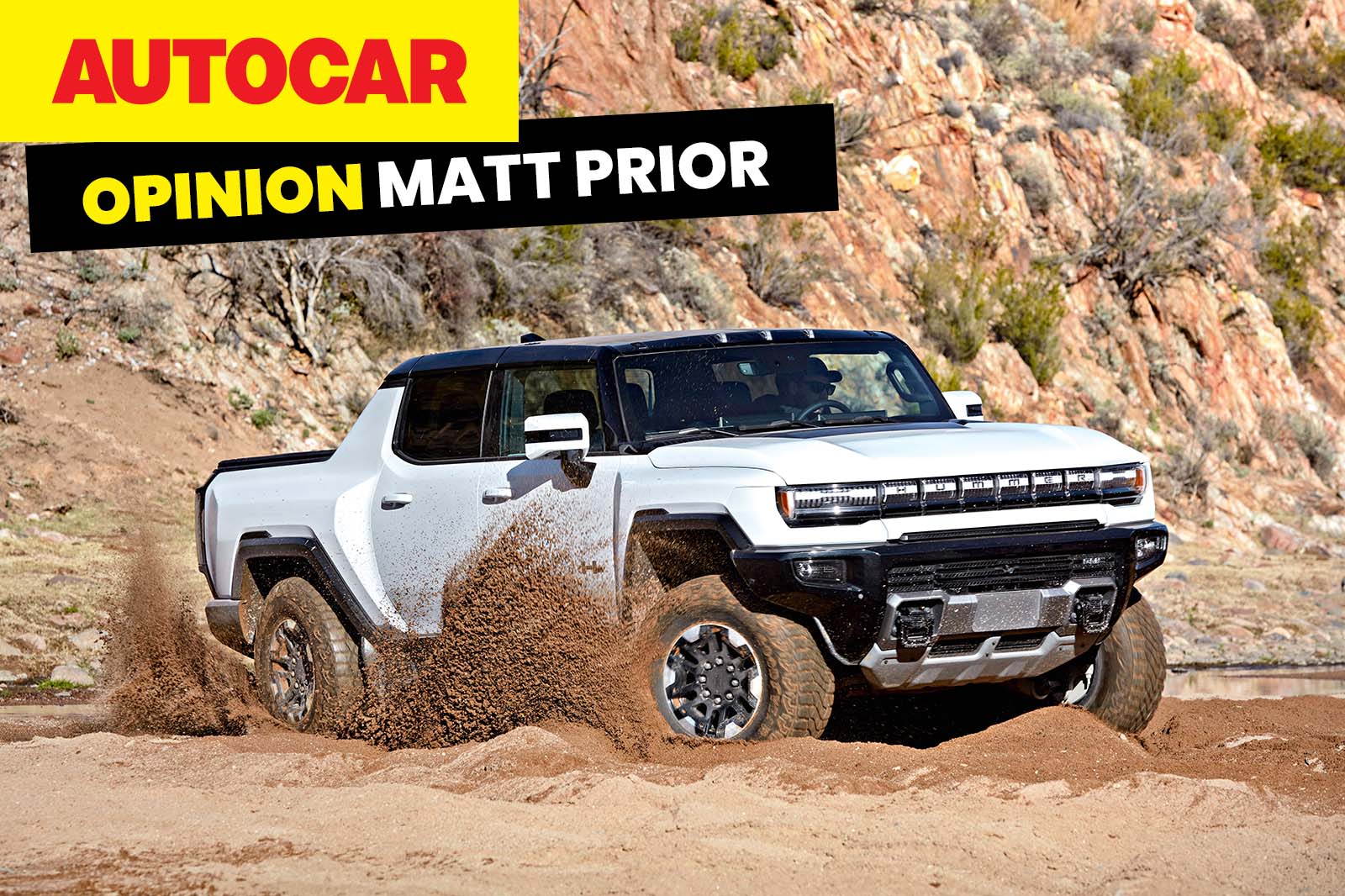Big adventure motorcycles tend to have single- or twin-cylinder engines. There are a number of reasons for this, but one is that power pulses to the wheel – especially if the crank position of the two cylinders is offset, as it usually is.
This is what gives big bikes the throbby power deliveries that is their characteristic. And in mud and sand, it can help keep a bike moving.
Effectively it bobs its power to the ground, like a tug-of-war team in sync, rather than spinning it away like a smooth, four-cylinder power delivery would. And an electric motor can be told to do this – or anything else you want.
Range, too, tends not to be a concern when you’re seriously off road. The efficiency of EVs is better at low speeds in general, because aerodynamic losses become negligible. It’s also rare to use all of the available power and it’s common to use regenerative braking.
Plus, when you get where you’re going, you have a high-voltage battery to power your grille, chainsaw or mattress pump.
The problem – and it’s a big one – is how much batteries weigh. Weight is the enemy of skipping over obstacles.
And unlike on metalled roads, where it’s the quantity of really heavy traffic rather than the weight of some cars that breaks up surfaces, on loose ground it makes a big, big difference in how much it can tear up the ground.
And if you think the Mercedes G580 is heavy, it’s not alone: other electric 4x4s are the same. The Tesla Cybertruck is around 3100kg at the kerb, the Ford F-150 Lightning similar and the GMC Hummer a gulpsome 4100kg.

